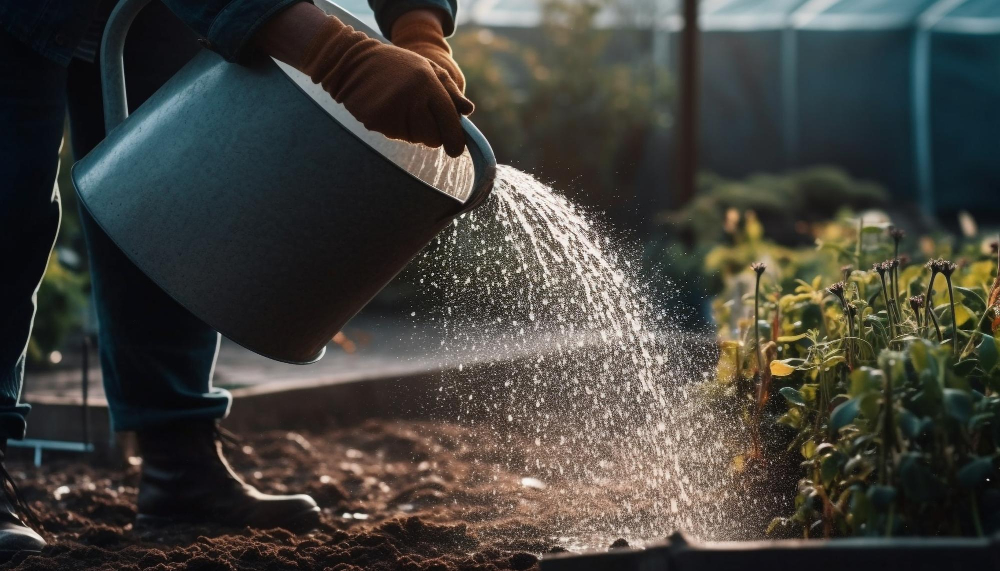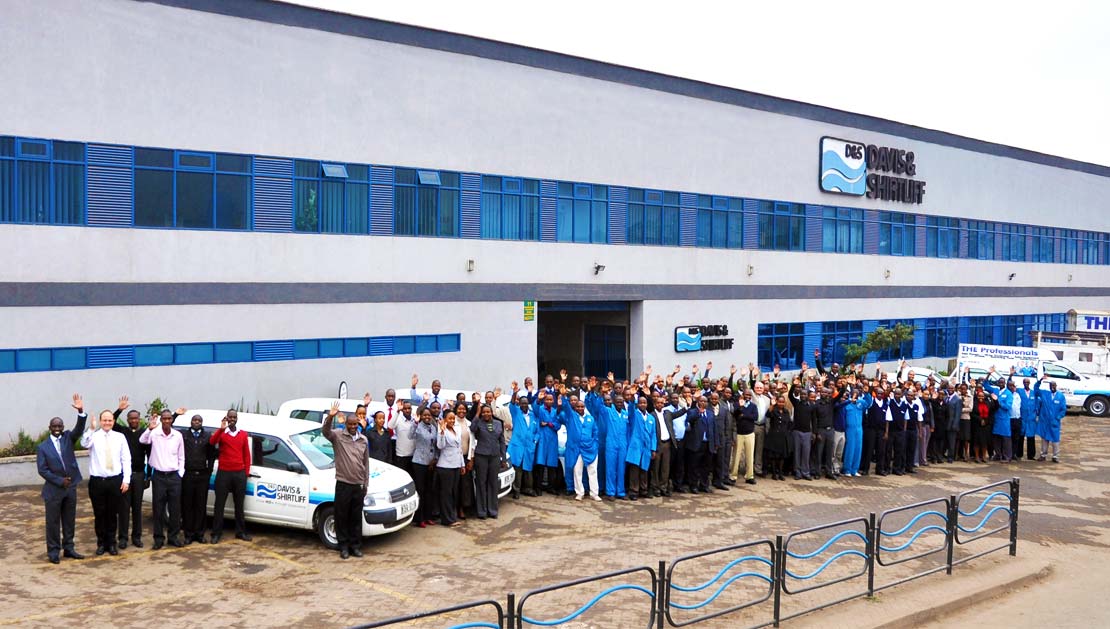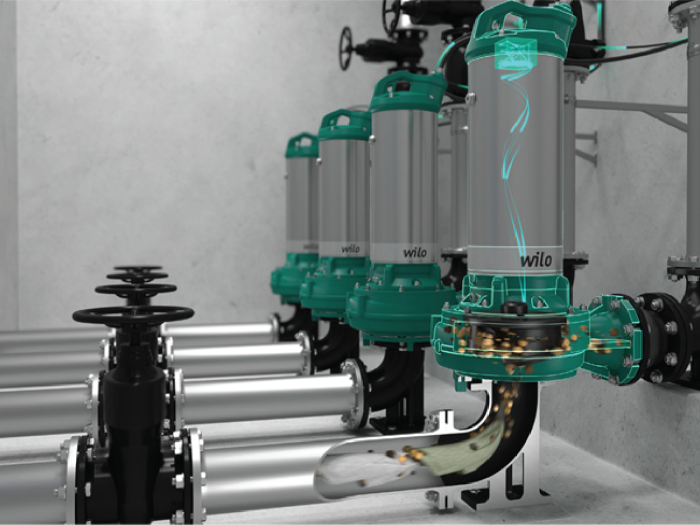Agricultural irrigation has been a cornerstone of Kenya’s journey towards food security and economic prosperity. As a nation endowed with diverse climates and landscapes, Kenya has strategically advanced its irrigation practices to harness its agricultural potential. In this article, we explore the significant strides Kenya has made in irrigation, emphasizing the importance of these efforts for the country’s food security and overall development.
Advancements in Irrigation Technology:
Kenya’s commitment to improving agricultural productivity through irrigation is evident in the adoption of advanced irrigation technologies. The transition from traditional rain-fed agriculture to modern irrigation methods has allowed farmers to overcome the challenges posed by unpredictable rainfall patterns.
Drip irrigation and sprinkler systems, for instance, have gained popularity for their water efficiency and precise application. These technologies not only optimize water usage but also contribute to increased crop yields and improved resource management. Government initiatives and partnerships with international organizations have played a crucial role in promoting the adoption of these modern irrigation techniques.
Importance of Irrigation for Food Security:
Irrigation stands as a linchpin for ensuring food security in Kenya. The ability to control water supply and distribution empowers farmers to cultivate crops consistently throughout the year, reducing dependency on seasonal rains. This year-round cultivation helps stabilize food production, ensuring a continuous and reliable supply of crops.
Furthermore, irrigation enables diversification of crops, allowing farmers to grow a variety of produce that might not be viable under rain-fed conditions. This diversification not only contributes to a more balanced diet but also enhances economic resilience by opening up new markets for agricultural products.
Economic Impact and Rural Development:
Kenya’s advancements in irrigation extend beyond immediate food security concerns, positively impacting the country’s economic landscape. Increased agricultural productivity resulting from irrigation contributes to a surplus of agricultural goods, creating opportunities for export and income generation.
Moreover, irrigation facilitates the development of agro-industries and agribusinesses, fostering economic growth in rural areas. As the agricultural sector flourishes, job opportunities multiply, and rural communities witness improved living standards. This, in turn, mitigates rural-urban migration, creating a more balanced distribution of population and resources.
Water Conservation and Sustainable Agriculture:
Kenya’s focus on irrigation goes hand in hand with a commitment to sustainable agriculture and water conservation. Efficient irrigation systems, coupled with responsible water management practices, help optimize water usage, reduce wastage, and protect water resources from depletion.
The adoption of climate-smart irrigation practices considers the environmental impact of agricultural activities. By aligning irrigation with ecological sustainability, Kenya is not only safeguarding its natural resources but also ensuring the longevity of its agricultural practices in the face of climate change.
Government Initiatives and Partnerships:
The Kenyan government has been instrumental in driving the advancements in irrigation across the country. Through flagship programs such as the National Irrigation Acceleration Platform (NIAP), the government is working to increase irrigated land, enhance water storage capacity, and improve overall irrigation efficiency.
International partnerships and collaborations with organizations like the Food and Agriculture Organization (FAO) and the International Fund for Agricultural Development (IFAD) have provided valuable support. These partnerships bring in expertise, funding, and knowledge exchange, contributing to the success of Kenya’s irrigation initiatives.
Challenges and Future Prospects:
While Kenya has made significant progress in irrigation, challenges persist. Limited access to financing, outdated infrastructure, and the need for more extensive training programs for farmers are areas that require attention. Additionally, there is a need to address the equitable distribution of irrigation resources to ensure that smallholder farmers, who form the backbone of Kenya’s agriculture, can fully benefit from these advancements.
Looking ahead, the future of irrigation in Kenya is promising. Continued investments in research and development, the integration of smart technologies, and the scaling up of successful irrigation projects will contribute to sustained agricultural growth and food security.
Conclusion:
Kenya’s journey in advancing irrigation is a testament to its commitment to transforming its agricultural landscape. By prioritizing water-efficient technologies, sustainable practices, and fostering strategic partnerships, Kenya is not only ensuring food security for its citizens but also driving economic development and environmental conservation. As the nation continues to cultivate prosperity through irrigation, it is setting the stage for a resilient and thriving agricultural sector that will contribute significantly to the overall well-being of its people.





